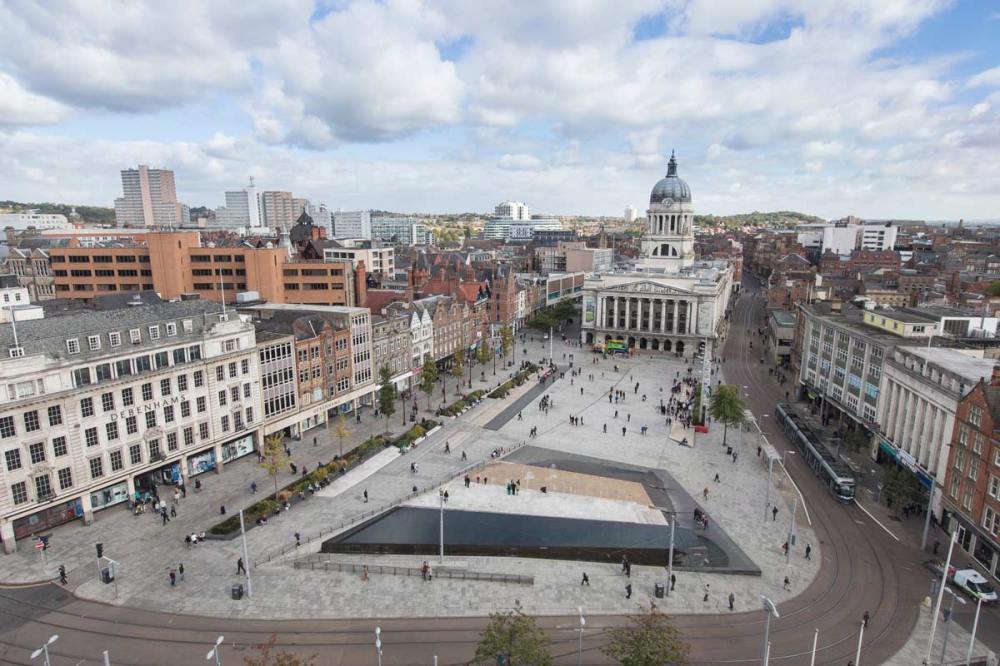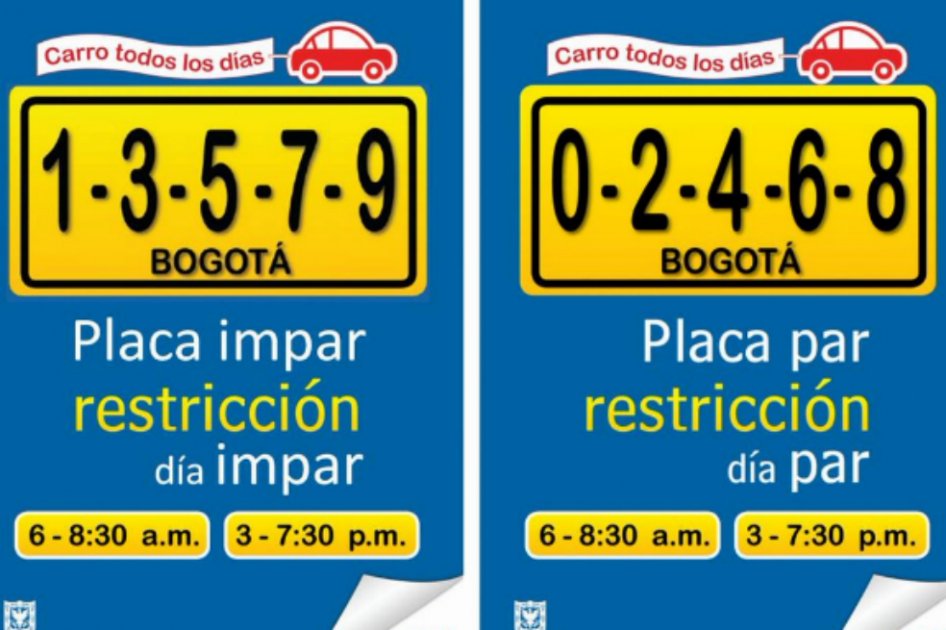
Traffic congestion in urban areas is getting worse for a number of reasons:
- Urbanisation – a greater percentage of people live in urban areas than ever before
- Increased economic development means more people than before can afford to have a car
- Work to home distance – many people used to live within walking distance of their workplace (or school/college) but now people may live many miles away and therefore travel to work or school causing busy periods at rush hours in the morning and afternoon
- Most roads within towns and cities were built before cars were invented, or at least when there were fewer vehicles on the road
- On-road parking means that the space available for moving traffic is narrower
- The amount of delivery transport (lorries and vans) has increased
Traffic congestion causes the following issues:
- Increased air pollution
- Increased noise pollution
- Increased numbers of road traffic incidents
- Increased journey lengths meaning more people spend more time commuting which has an impact on their quality of life
- Increased personal expenditure on travel – slower longer journeys cost people more in petrol as well as time

What are the possible solutions to traffic issues in urban areas?
- Some cities have Park and Ride schemes, these encourage people to drive to the edge of town only, park there and take public transport into the city centre. This limits the amount of traffic in the CBD and Inner City. The car parks make use of brownfield sites, such as the Forest Recreation Ground park and ride car park on the edge of Hyson Green which takes people into the city centre by tram.

- Pedestrianisation of some areas in the CBD creates areas which are safer for pedestrians, such as the Market Square in Nottingham, or Rua XV de Novembro in Curitiba

- Increase the cost of parking – this puts people off taking their cars into town. Residents only or permit parking restricts parking in some areas too, again the availability of parking spaces and the prices motorists have to pay are both factors that may persuade people to use public transport instead

- Improve public transport. Cities that have invested in significant improvements to public transport have seen drastic reductions in traffic congestion in their streets.
- Vehicle exclusion zones – for example, some areas are for buses and taxis only, other roads prohibit trucks or lorries over a certain size. This works because it prevents large lorries from blocking narrow streets but sometimes it just pushes the problem onto another road.
- Encourage car-sharing – for example, Leeds has car-pool lanes that may be used during rush hours by cars with at least two people inside. Some large employers also reward employees who car share.

- Speed bumps – slow down traffic so it some cases they may contribute to the slower flow of traffic but they do prevent some road traffic incidents or mitigate their impact.
- Speed limits such as the 20mph limit through Sherwood on Manfield Road, Nottingham cause slower flow but reduce the impact of accidents (studies have shown that 10% of pedestrians hit by a car traveling at 23mph will suffer a fatal injury whereas that figure increases to 25% at 32mph*) * Source – AAA Foundation, USA

- Registration plate limitations – some cities have a scheme where only certain registration plates are allowed within the city zone on certain days. Motorists found driving registration plates that are prohibited on that day face a heavy fine. Bogota in Colombia is an example of this where it is called pico y placa.

- Congestion charging schemes, such as the one in London, discourage motorists from driving into towns because of the cost.
- Low emission zones – another way to discourage drivers of vehicles that give out a level of pollution above what is considered to be acceptable. London has this scheme.
One Comment Add yours